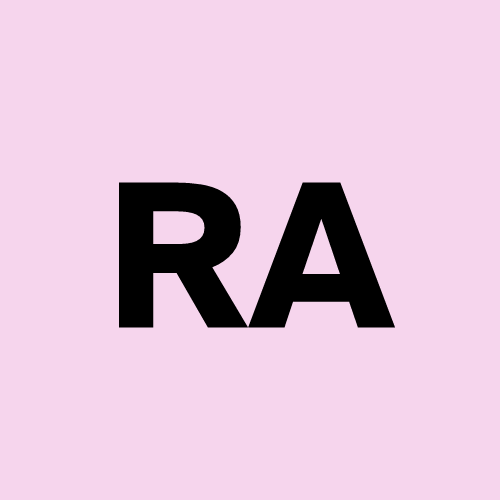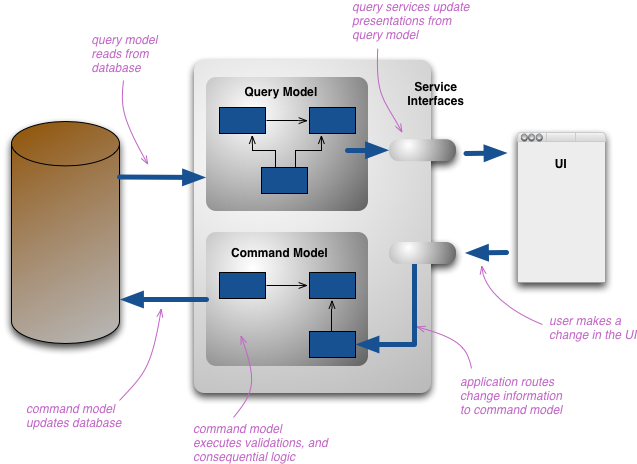Decoupling Reads and Writes: An Introduction to Command Query Responsibility Segregation (CQRS)
 Rafael Andrade
Rafael Andrade
Introduction
Command Query Responsibility Segregation (CQRS) is a design pattern that decouples read operations (queries) from write operations (commands) into distinct pipelines. By isolating these responsibilities, CQRS enables scalable, maintainable systems tailored to complex domains.
The problem with traditional CRUD
In conventional applications, a single data model handles all CRUD (Create, Read, Update, Delete) operations.

While this works for simple apps, it struggles as systems grow:
Complexity Bloat: Merging read/write logic leads to tangled code.
Performance Bottlenecks: Heavy read queries (e.g., joins, subqueries).
Domain Misalignment: Mixed responsibilities obscure business rules.
How CQRS solves these issues
CQRS splits the model into two:
Write Model: Handles commands (e.g.,
CreateOrder,UpdateInventory).Read Model: Optimized for queries (e.g.,
GetSalesReport,FetchUserProfile)

Separating read and write pipelines enables optimization for each. Let's suppose than the current database query is very heavy with a lot of join and subquery, it can be improved by moving your read queries to a NoSQL database while your write model still using an SQL database (like Postgres).
CQRS is commonly used with the event sourcing pattern (I’ll explore this in a future article), where the write pipeline will emit an event and that event will be capture by another process and update the read query.
Benefits of CQRS
Maintainability: Because the read and write models are split, It reduces maintenance complexity and makes the code cleaner and easier to understand.
Optimized data schemas: This separation allows optimizing read and write models by dedicating one schema to queries and another to updates.
Drawback and considerations
Eventual consistency: When the read and write models use different data table or database, read models may lag behind writes, and depending on the system’s complexity, it could take some minutes before the read queries are updated
Increased Complexity: The core concept of CQRS is straightforward, but it introduces significant design complexity—especially when combined with event sourcing.
Frameworks to simplify implementation
Conclusion
CQRS is a powerful pattern for scaling applications, but it’s not a one-size-fits-all solution. Implement it when:
Read and write workloads differ significantly.
Domain complexity demands clear separation.
Reference
Subscribe to my newsletter
Read articles from Rafael Andrade directly inside your inbox. Subscribe to the newsletter, and don't miss out.
Written by
